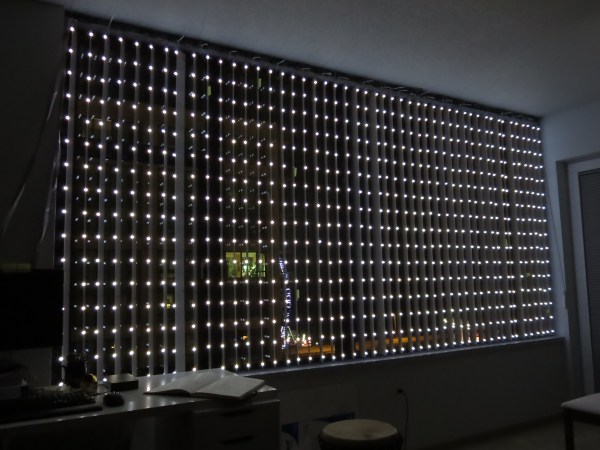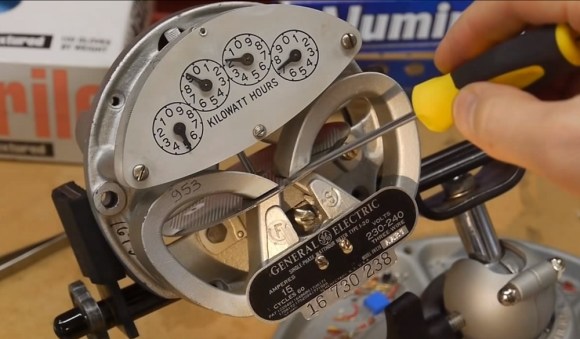[Rudy Heeman] has been working in his garage on what we may consider a new class of vehicle. It’s a hovercraft — but it also has wings.
That’s right, you drive it on ground, water, and you can even take flight with it! However, it’s far from a new idea. After doing some digging it appears the first type of this vehicle was actually tested back in 1996 by Universal Hovercraft — a quick peruse of their site reveals you can even buy your own kits to make one! Regardless of where it came from, or who made one first, it’s a brilliantly fun concept, and would be a blast to fly. Oh and you don’t even need a pilot’s license, it’s considered a boat and follows the same rules and regulations for boating.
Stick around after the break to see one in action! Now all we need to do is figure out how to combine one of these with a Delorean Hovercraft!


















